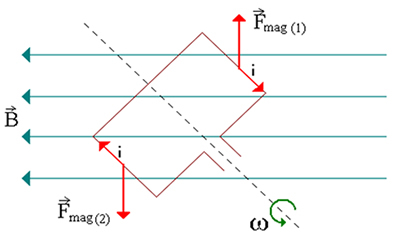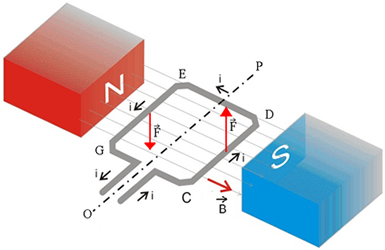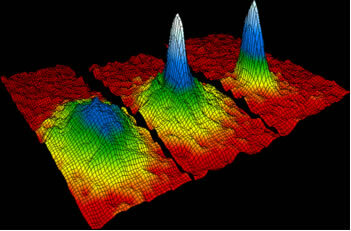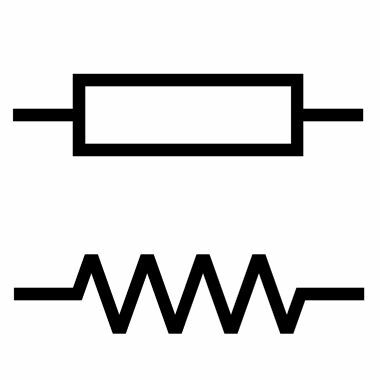When an electrical charge penetrates a uniform magnetic field, that charge is found to be subjected to a magnetic force, also called the Lorentz force. The origin of this force can be explained by knowing that a moving electrical charge generates a magnetic field and this interacts with the magnetic field in the region where the charge moves. The same force also arises when an electrically conducting wire, carried by an electric current, is placed in a uniform magnetic field.
The magnetic force that acts on the conducting wire, carried by an electric current, when immersed in a region where there is a magnetic field, is used in a large number of devices such as motors, ammeters, voltmeters and galvanometers.
The magnetic force used in electric motors
Most of the electric motors found in various electrical appliances work based on the rotational effect of the forces acting on the coils that are immersed in a magnetic field. Let's see the figure below where we have a general scheme of a direct current motor. The engines that have this configuration are car starters or toy car engines.

Basically, the working principle of these motors consists of a conductor in the form of a rectangle, which can rotate around an axis. and which is traversed by an electric current of intensity i and immersed in a magnetic field B. The magnetic forces acting on the two branches of the motor create a torque of forces that tend to make the rectangular conductor rotate around the axis of rotation. and.
Do not stop now... There's more after the advertising ;)
The magnetic force applied to galvanometers
In order for us to understand what a galvanometer is and how it works, let's look at the illustration below.

In the figure above we can see that there is, immersed in a uniform magnetic field of induction B, a CDEG rectangle-shaped loop. Suppose an electric current i traverse the rectangular loop in the indicated direction. We can see that after starting the flow of electric current, the EG and DC sides, of the rectangular loop, will be subject to the action of magnetic forces whose modules are equal and which will cause torques in the spirals. This torque will cause the loop to start rotating around the OP axis, in the indicated direction.
In order to increase the spin effect of the loop, that is, to increase the sensitivity of the device, several loops are used, commonly rolled into a cylinder.
By Domitiano Marques
Graduated in Physics
Would you like to reference this text in a school or academic work? Look:
SILVA, Domitiano Correa Marques da. "Applications of Magnetic Force to a Conductor"; Brazil School. Available in: https://brasilescola.uol.com.br/fisica/aplicacoes-forca-magnetica-um-condutor.htm. Accessed on June 27, 2021.


